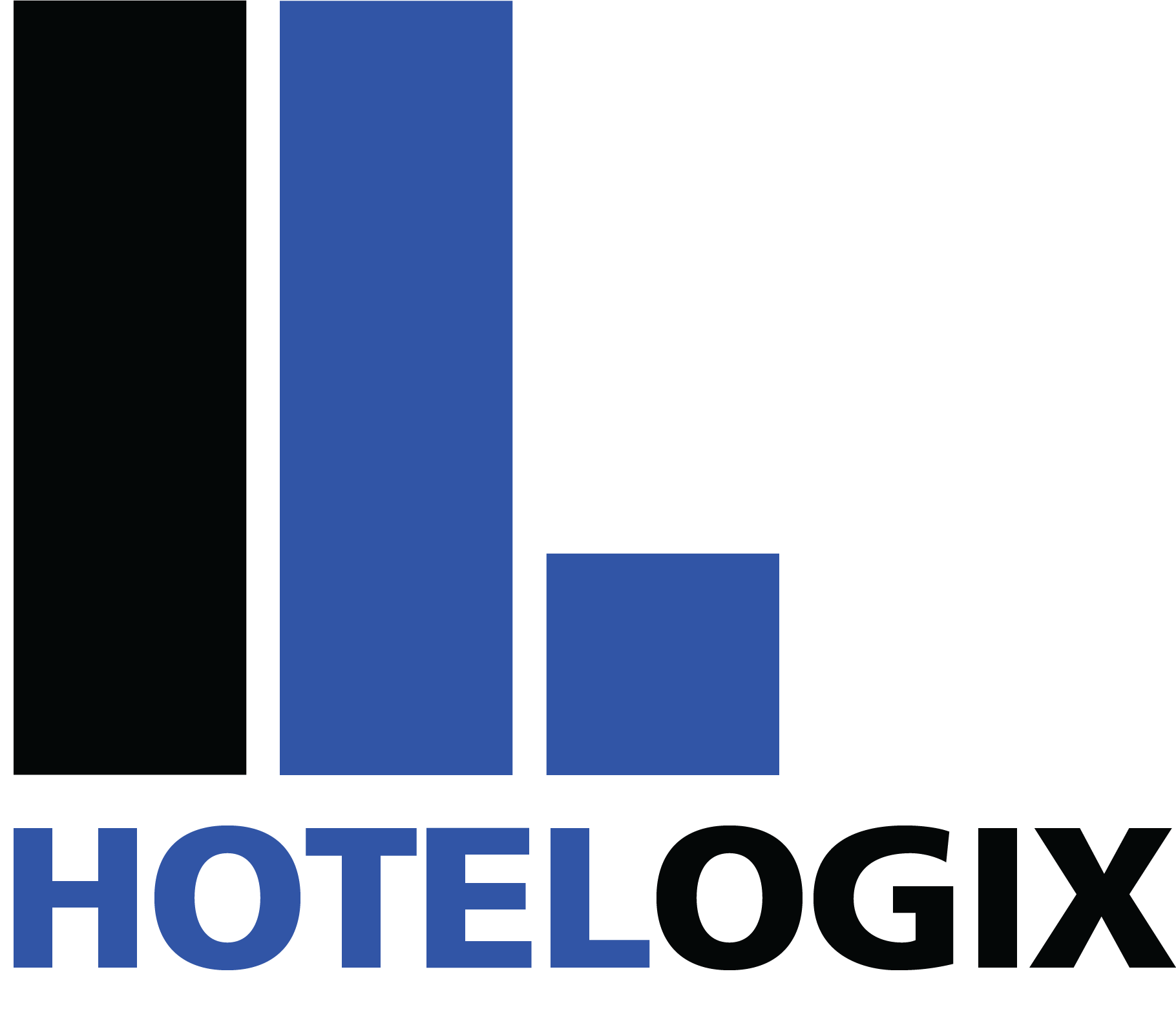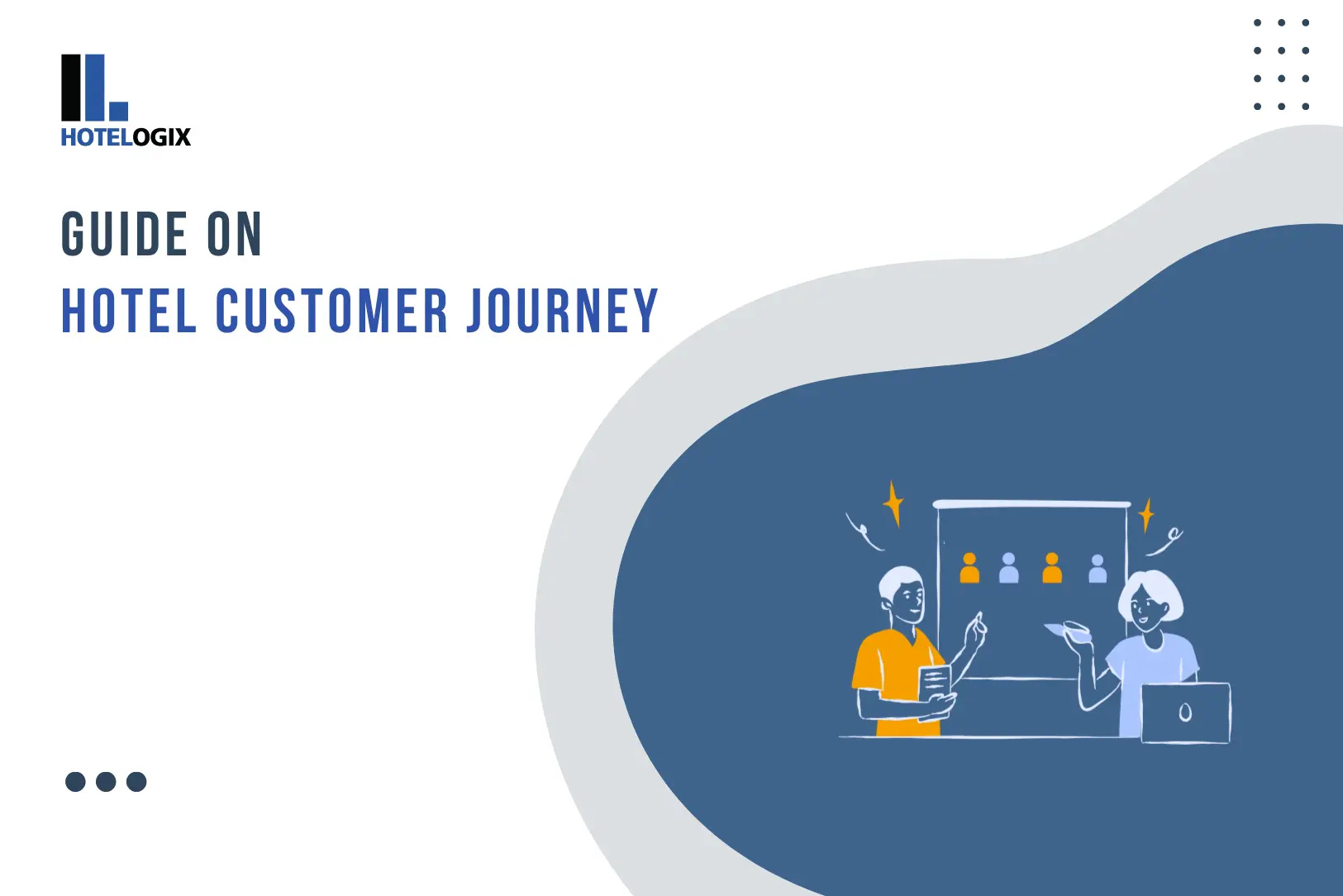The hotel customer journey refers to the complete experience guests go through, from researching, booking, staying and post-stay interactions with the hotel.
Mapping this journey is essential to identify key touchpoints that influence a guest’s decision to book or not book a hotel, as well as how to nurture guest satisfaction and loyalty.
Understanding the hotel customer journey is key to providing a great guest experience. It helps hoteliers look at each step of the guest's interaction and find moments to connect, impress, and turn potential guests into loyal ones. From social media interactions to booking to check-in and check-out, every stage is a chance for the hotel to create a positive and lasting impression.
Successful hotels use customer journey maps to visualize various stages of this journey, analyze their guest’s experience, and leverage these insights to create a more tailored and engaging service.
Where Do Hotel Customers Start Their Booking Journey?
Travelers don’t usually begin their journey with a single destination in mind. Over half of all travelers begin their research with several destinations in mind. Even a week before making a final decision, many haven’t settled on one, which gives hotels a great chance to influence their choice.
The process of selecting a destination takes time. Choosing a destination takes time. Travelers use many sources like search engines, travel blogs, social media, and advice from friends and family. They check reviews, look at online travel agencies (OTAs), and compare choices before picking a few hotels that fit their needs.
Insights for Hoteliers:
- Hotels need to position themselves on key channels that travelers use during their research phase, including OTAs, review sites, social media, and metasearch engines.
- Hotels can capture potential guests by providing engaging, informative content that resonates with what travelers are looking for. This can include inspirational blog posts, social media content, high-quality photos, and reviews.
Hotel Customer Journey Map
Understanding the various stages of the hotel guest journey allows hoteliers to strategically engage with their guests at each touchpoint. While each traveler’s journey is unique, there are several consistent stages most travelers pass through. Google’s "micro-moments" framework—Dreaming, Planning, Booking, Experiencing, and Sharing—is particularly useful in outlining these stages.
Let’s dive deeper into the hotel guest journey map with examples:
Dreaming Stage:
Key Tactics for the Dreaming Stage:
- Hotels can take advantage of this stage by using visually appealing content. Sharing breathtaking photos of the property, local attractions, and experiences on social media channels like Instagram and Facebook can capture travelers' attention.
- Encourage past guests to tag your hotel in their travel photos and share their experiences online. It can influence other travelers.
- Destination-focused videos or blog posts related to unique local experiences can position your hotel as the top choice.
Planning Stage:
Key Tactics for the Planning Stage:
- Hotels should optimize their OTA profiles with up-to-date, high-quality images, detailed descriptions, and positive reviews.
- Your hotel’s website should be user-friendly and include easy navigation, high-quality visuals, and concise information about rooms, amenities, and local attractions.
Selecting Stage:
Key Tactics for the Selecting Stage:
- Ensure your website is optimized for mobile devices, as many travelers book their stays on smartphones.
- Use high-quality images and engaging copy to create a compelling case for why travelers should choose your hotel over others.
- Highlight key differentiators like unique amenities, personalized services, or special packages.
Booking Stage:
Key Tactics for the Booking Stage:
- Ensure your booking engine is simple and requires minimal clicks to complete a reservation. An intuitive booking system that integrates seamlessly with your website and mobile platforms will boost conversion rates.
- Offer add-ons, such as airport transfers or dinner packages, during the booking process to increase revenue.
- Make sure the payment process is secure and hassle-free.
Preparation Stage:
Key Tactics for the Preparation Stage:
- Send pre-arrival emails with useful information about local attractions, dining options, and tips for their stay.
- Remind them of available upgrades or add-ons that can enhance their experience, such as room upgrades or personalized services.
Experience Stage:
Key Tactics for the Experience Stage:
- Personalize the guest’s stay by providing services tailored to their preferences, such as personalized greetings.
- Ensure all staff are trained to provide exceptional service and are attentive to guests' needs.
- Offer upsells during the stay, such as room service, spa services, or local tours.
Sharing Stage:
Key Tactics for the Sharing Stage:
- Encourage guests to leave reviews on TripAdvisor, Google, or social media platforms by offering incentives like discounts on future stays.
- Create ‘Instagrammable’ moments within your hotel, such as a photo-worthy lobby or unique dining experiences, to encourage guests to share their experiences online.
Return Stage:
Key Tactics for the Return Stage:
- Implement a loyalty program to encourage repeat bookings by offering discounts, free nights, or exclusive perks to returning guests.
- Use remarketing techniques to target past guests with personalized offers and reminders of their stay.
- Send follow-up emails thanking guests for their visit and offering special deals for future stays.
Read More on Stages of Hotel Customer Journey
The Role of Technology in the Hotel Customer Journey
Technology plays an important role in shaping the guest's journey. It can help streamline hotel operations and enhance the guest experience. When hotels use the right property management system, it allows them to manage things easily, reducing human errors.
Hotelogix’s hotel management software streamlines various processes, from booking to check-out, thereby reducing manual errors and increasing operational efficiency. By automating tasks such as reservations and guest communications, hotels can provide a seamless experience that meets the high expectations of modern travelers. Moreover, these systems facilitate personalized guest interactions by storing preferences and past behaviors, allowing for tailored services that foster loyalty and satisfaction.
The integration of mobile check-in/check-out options further enhances convenience, ensuring a smooth arrival and departure process. Ultimately, leveraging technology not only improves the guest experience but also equips hotels with valuable data insights, enabling better decision-making and competitive advantages in a crowded market.
The hotel customer journey is a multi-step process that includes important touchpoints, starting from when guests begin dreaming of their vacation to when they reflect and share their experiences after their stay. By understanding the details of this journey, hoteliers can create a more personalized experience that goes beyond meeting guest expectations.
Read Also: Strategies to Increase Customer Loyalty in Hotel Industry


